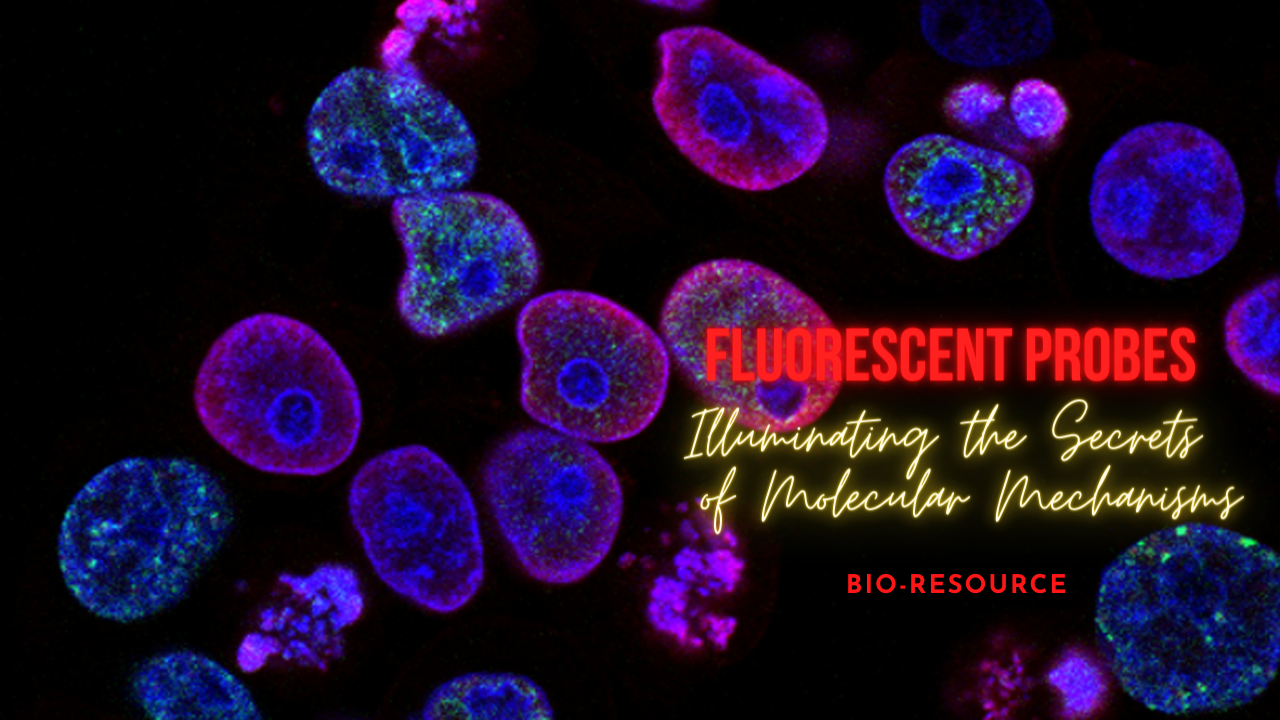Fluorescent Probes

About Course
Fluorescent probes are molecules that can absorb light of one wavelength and emit light of a different wavelength, a process known as fluorescence. This property makes them incredibly useful for a wide range of applications, including molecular imaging, biosensing, drug discovery, and environmental monitoring. Topics Covered: The basics of fluorescence Explore the applications of fluorescent probes Understand the mechanism of fluorescence and Discuss the challenges and advancements in the field Fluorescence is the emission of light by a substance that has absorbed light or other electromagnetic radiation. When a fluorophore absorbs light, it is excited to a higher energy state. When the fluorophore returns to its ground state, it emits light at a longer wavelength than the absorbed light. This difference in wavelength is known as the Stokes shift. Mechanism of Fluorescence The mechanism of fluorescence can be explained using the Jablonski diagram. The Jablonski diagram shows the different energy levels of a fluorophore and the different ways in which it can transition between these energy levels. When a fluorophore absorbs light, it is excited to a higher energy state (S1). The fluorophore can then return to its ground state (S0) by emitting a photon of light. This is known as radiative decay. Alternatively, the fluorophore can return to its ground state by losing energy as heat. This is known as non-radiative decay. The quantum yield of a fluorophore is a measure of the efficiency of fluorescence. The quantum yield is defined as the number of photons emitted per photon absorbed. There are many different types of fluorophores, each with its own unique properties.
Some common types of fluorophores include:
• Organic dyes
• Quantum dots
• Fluorescent proteins
• Upconversion nanoparticles
• Semiconductor nanocrystals
Course Content
Module 1
-
Fluorescent Probes
00:00
Module 2
Module 3
Module 4
Student Ratings & Reviews
